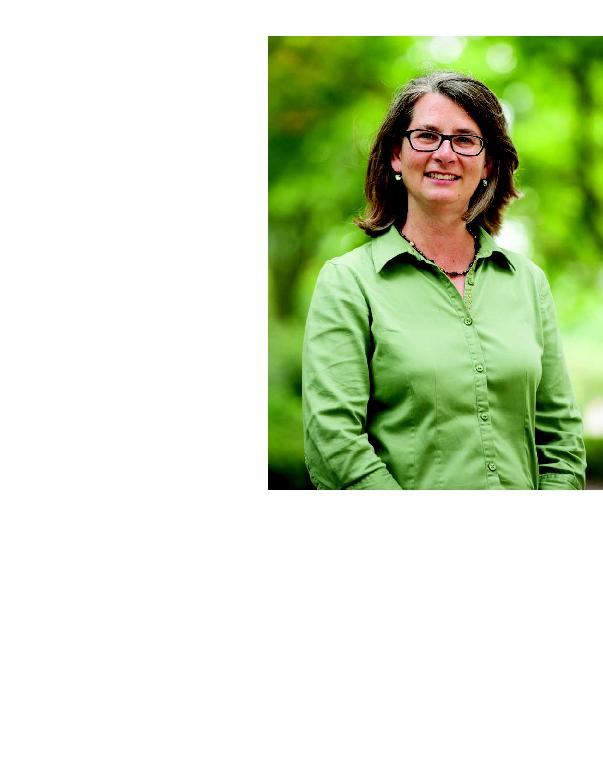
PhD, then professor and chair, Department of
Pharmacology. It was an excellent fit. "Dr. Liu was
really excited about science, and the school was an
exciting place," she says. "[There were] lots of new
ideas in a very supportive environment, where you
could grow and succeed, with mentors whose
advice and leadership styles balanced each other."
women faculty; many were to become respected
mentors and friends. "They were very clear about
the importance of making connections with other
women leaders at the medical school," she says,
recalling the support of Norma Saks, EdD, profes-
sor of psychiatry, assistant dean for educational
programs, and director, Cognitive Skills Program;
Margaret Brostrom, PhD, professor of pharma-
cology (now retired); and Barbara Brodsky, PhD,
professor of biochemistry (now retired).
national average, as reported by the Association of
American Medical Colleges in 2014. Only 16 per-
cent of the nation's medical school deans are
women, and they include Sherine E. Gabriel, MD, MSc, dean,
appointed in 2016.
question that we are building departments and excelling in
administrative roles," says Dr. Walworth. This should encour-
age younger women, she adds, especially graduate and post-
graduate students questioning their ability to commit to a
career in academia.
says Dr. Walworth, who has strived to create new opportuni-
ties for scientists, while encouraging and nurturing a vibrant
and collaborative scientific community. "There are a lot of
good ways to contribute to science, and they all help you avoid
burnout," says Dr. Walworth. "They include being a mentor to
colleagues and students and helping young scientists find envi-
ronments where they'll succeed."
describes as "a vital and much-needed voice for science."
Currently, she chairs a National Institutes of Health (NIH)
Special Emphasis Panel, where she reviews pre- and postdoc-
toral fellowships. She has served on the editorial boards of the
Journal of Biological Chemistry and Science Signaling, and she
was an active contributor to the Stuart D. Cook, MD, Master
Educators' Guild. Dr. Walworth has received two Excellence in